In a high-performance streaming event that lasted just under an hour, Apple announced four major new products that further strengthen its dominance of the tech world. Titled Peek Performance, the event brought a new iPhone, iPad, Mac, and Mac display to consumers
To start with, let’s take a look at the last two items announced at the event…
Mac Studio
Toward the end of the Peek Performance event, we were teased with the comment that Mac Pro announcements were “for another day”. However, Mac fans got their wish with a new member of the Mac family that has the small footprint of the Mac mini and more power than the existing Mac Pro. It’s called Mac Studio.
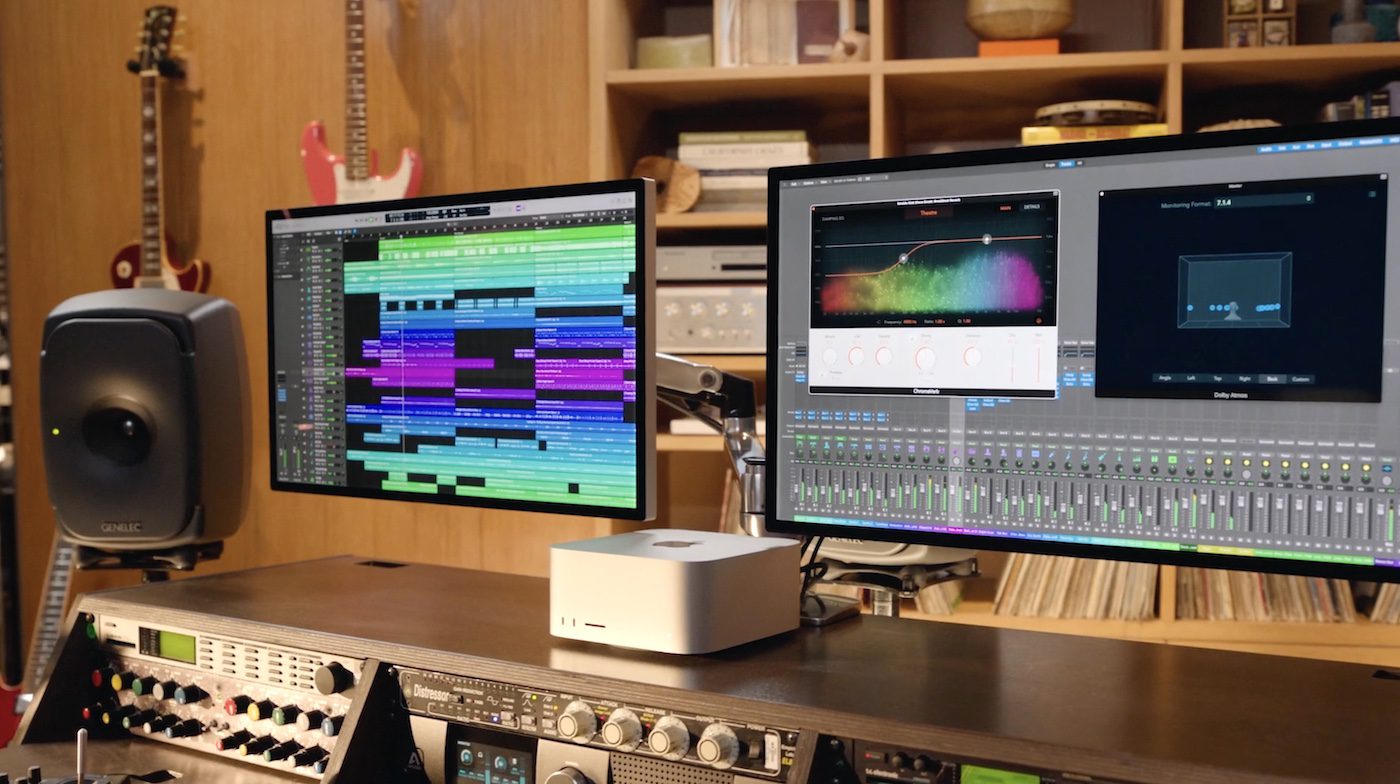
Mac Studio is even smaller than a Mac mini, measuring at 7.7 inches square and just 3.7 inches tall. What’s inside that little box? Either Apple’s existing M1 Max system-on-chip or a new supercharged version called M1 Ultra.
M1 Ultra takes two M1 Max systems and links them together with a new multi-die architecture called UltraFusion. Ultra Fusion creates a chip with 114 billion transistors, resulting in the two M1 Max SoCs communicating at up to 8000 Gb/s. An M1 Ultra can have up to 20 CPU cores (16 performance and 4 efficiencies) and up to a 64-core GPU. The M1 Ultra is configurable with up to 128GB of unified memory.

A base M1 Ultra Mac Studio starts at $3,999 with 32GB unified memory and 1TB SSD storage. With “just” the M1 Max inside, a Mac Studio can be purchased for as little as $1,999 with 32GB unified memory and 512GB SSD storage.
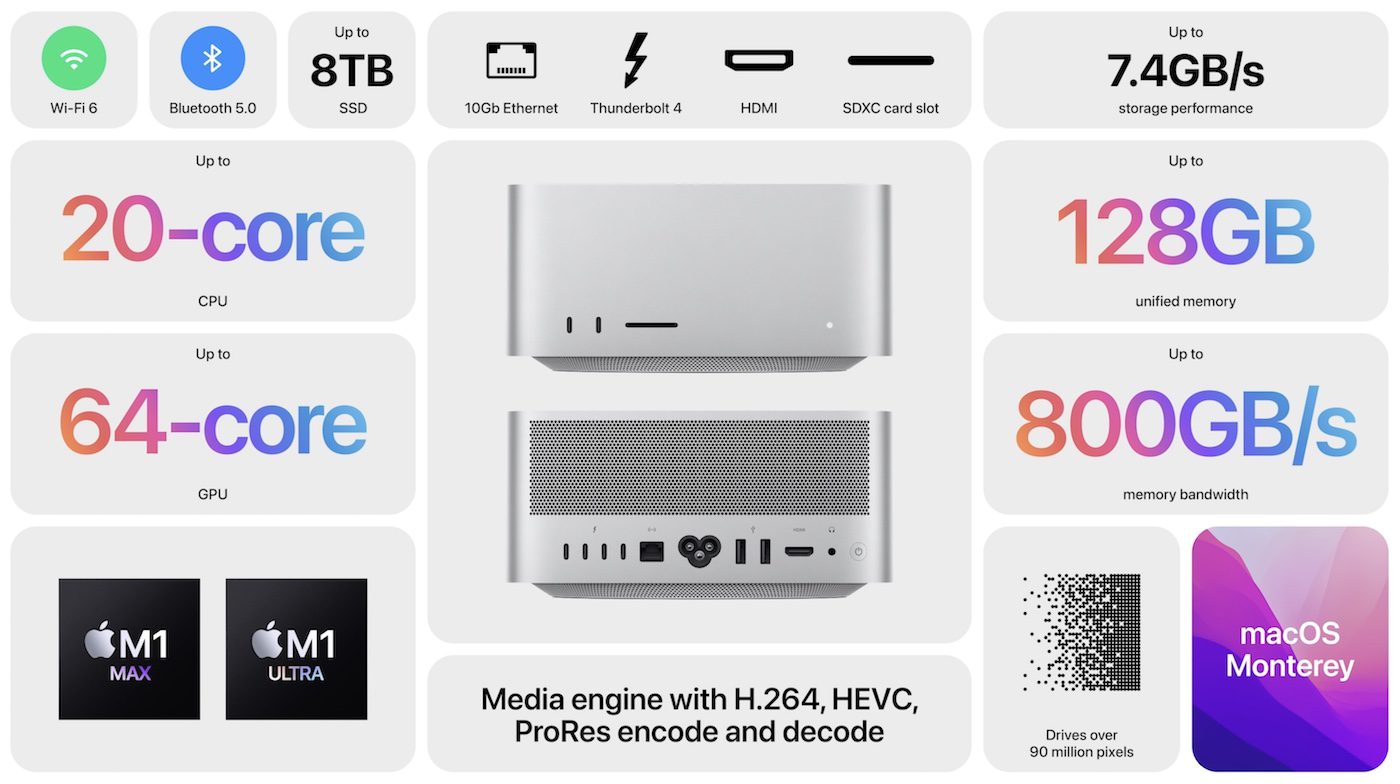
Like the Mac mini, the Mac Studio has a plethora of ports. On the front are two ports, which are USB-C (up to 10Gb/s) on the M1 Max Mac Studio and Thunderbolt 4 (up to 40Gb/s) on the M1 Pro model. There’s also an SD card reader right in front where it is easily accessible.
The back features four Thunderbolt 4 ports, DisplayPort, HDMI, 10Gb/s Ethernet, two USB-A ports (up to 5 Gb/s), audio out, and a plug for the power cord. Contrary to my prognostication from last week, Apple did not include a MagSafe connector in the Studio. Order a Mac Studio today, and it can arrive as soon as March 18. My guess is that these will be in short supply for quite some time!
Apple notes that Mac Studio can drive over 90 million pixels of displays. And fortunately, they also announced a new display…
Why It’s Important: Apple now offers a “pro” performance device that blows the doors off of any other Mac, while still teasing a new Mac Pro for the future. The UltraFusion technology bodes well for connecting more power SoC’s in the future while creating an efficient performance that is unrivaled by any other chip technology. No wonder Apple gave the event the name “Peek Performance”!
Studio Display
The new Studio Display starts at $1,599 and is a 27-inch 5K Retina display with some incredible features. It’s the first Mac display with an Ultra-Wide 12MP camera supporting Center Stage. It features 14.7 million pixels at 5120 by 2880 resolution (218 pixels per inch), supports up to 1 billion colors in a P3 gamut, and boasts 600 nits of brightness.
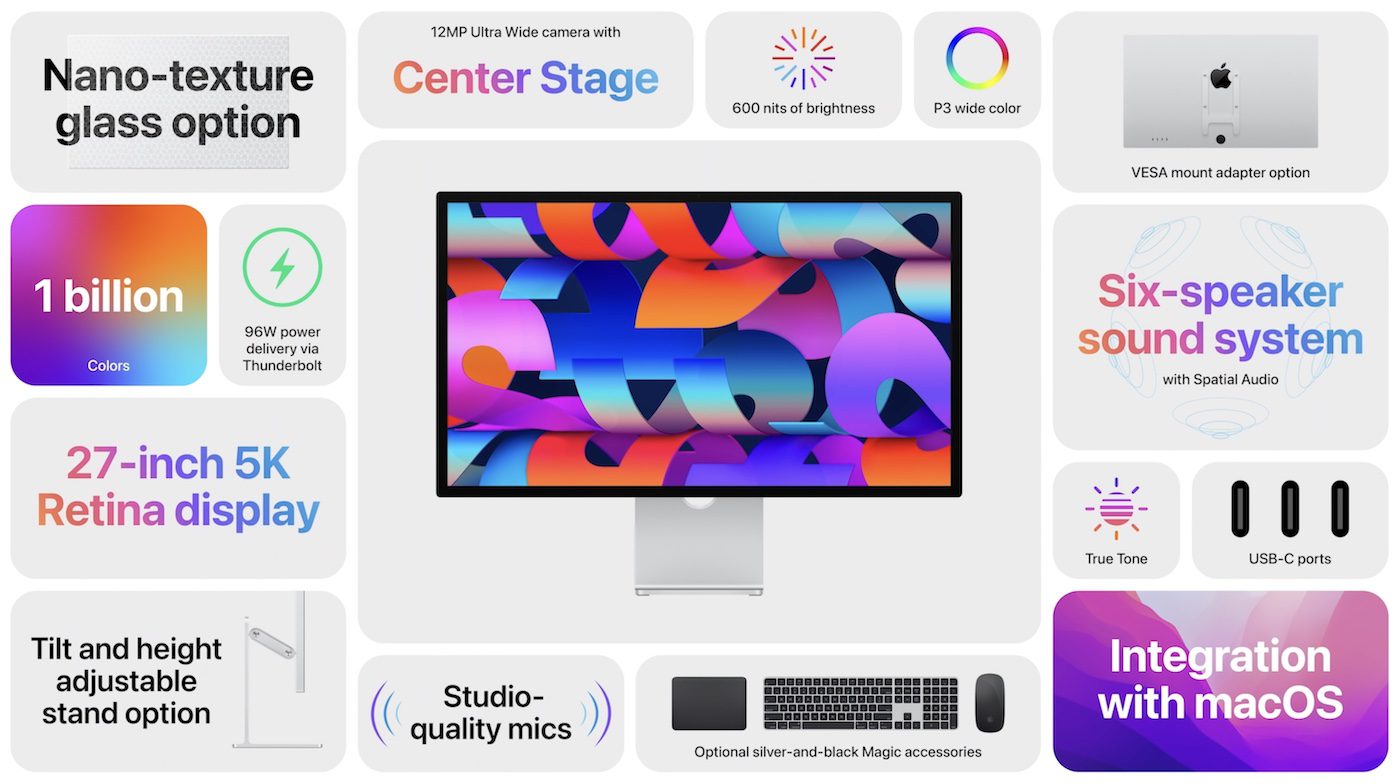
There’s a nano-texture glass option to reduce reflections in bright environments. The display can actually charge a 2021 MacBook Pro with 96W of power delivery through Thunderbolt. For those who want their keyboard, mouse, and/or trackpad to match the silver and black tones of the Studio Display, there are accessories that match perfectly.
The standard Studio Display only comes with tilt adjust, similar to the 24-inch iMac. There’s an option for a tilt and height-adjustable stand, and of course, a VESA mount adapter option.
Why It’s Important: An incredible display with lots of connectivity for less than half the price of an Apple Pro Display XDR? Yes, please! Heck, a lot of users may end up purchasing two Studio Displays rather than the Pro Display.
iPad Air
There’s also a new iPad Air. It starts at just $599 for a Wi-Fi model with 64GB, or $749 for the 64GB cellular model. For the first time, the iPad Air features 5G connectivity. Available starting March 18, the iPad Air comes in space gray, pink, purple, blue, and starlight tones.
Weighing in at 1.02 pounds, the new iPad Air is still the lightest iPad with a full-size (10.9-inch) display. It’s powered by the M1 system-on-chip with 8 CPU cores, 8 graphic cores, and 8GB of unified memory. Like the iPad Pro, the iPad Air now has a 12 MP ultra-wide FaceTime camera supporting Center Stage.

This new iPad Air puts the model on par with the iPad Pro in many ways, although the Pro does have a better display and comes in two sizes. It’s still quite impressive for a mid-range tablet.
Why It’s Important: Apple continues to upgrade the midrange iPad with increasingly better specifications.

iPhone SE
As expected, Apple also updated the low-cost iPhone SE. Starting at $429 for a 64GB version and up to $579 for a 256GB model, the iPhone SE remains the entry-level iPhone. For the first time, the SE includes 5G connectivity. Powering the small iPhone is Apple’s A15 Bionic system-on-chip with a 6-core CPU, 4-core GPU, and 16-core neural engine.
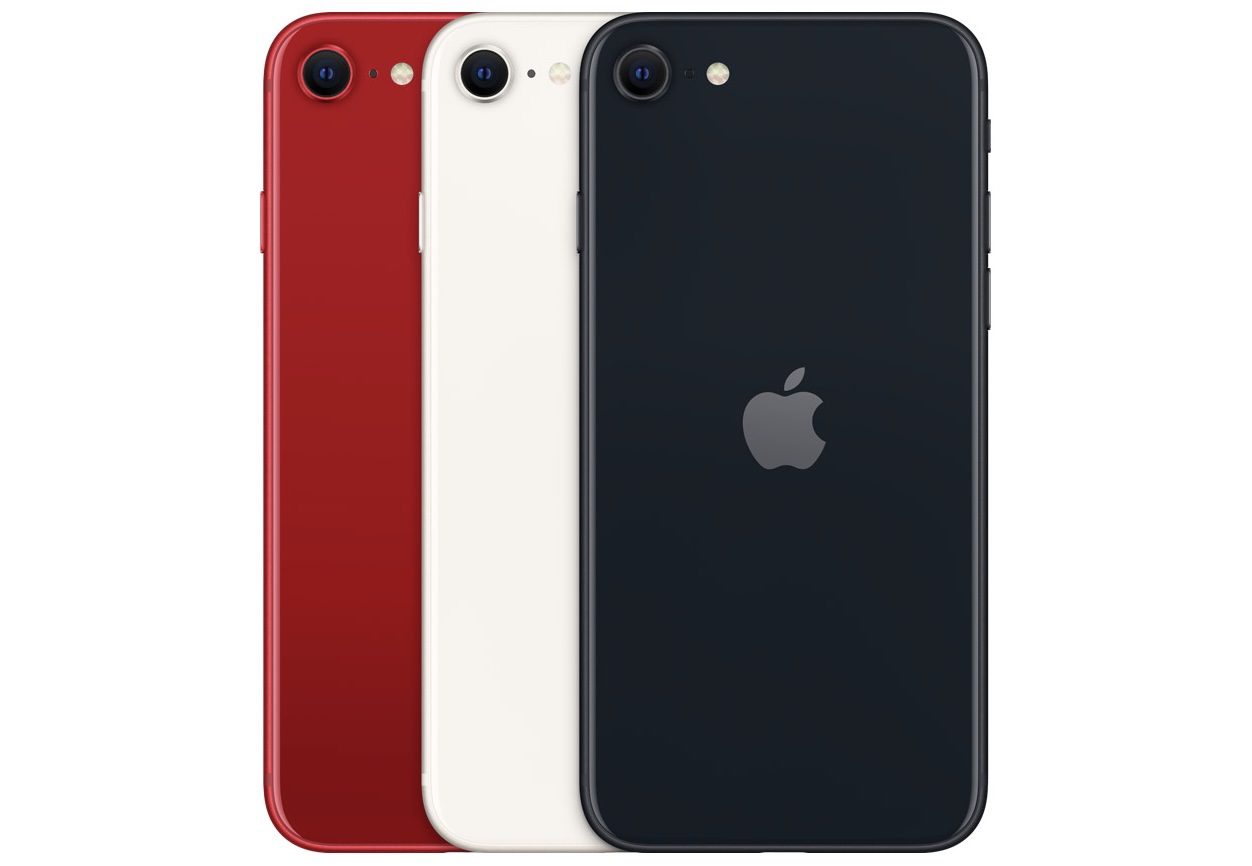
Available in Midnight (black), Starlight (white), or PRODUCT(RED), the iPhone SE has the same 4.7-inch diagonal screen as before. The camera is a 12MP Wide camera with a fast ƒ/1.8 aperture, portrait mode, Deep Fusion, Smart HDR 4 for photos, and Photographic Styles.
Why It’s Important: From a personal standpoint, I think the new iPhone SE is a winner. Many consumers have held off on purchasing 5G-compatible smartphones because of price, and the SE brings fast connectivity within the price range of a lot more people. It’s also perfect for those who don’t need the Pro camera options of the iPhone 13, or who don’t want the bulk of a larger display.
Other Peek Performance Announcements
A few other announcements were tossed into the mix at the event. For example, two new shades of green are available for the iPhone 13. The base iPhone 13 is “Green”, while the iPhone 13 Pro and Pro Max now come in “Alpine Green”.
Apple touted the many Oscar nominations it has received for several of its feature films, and also teased some upcoming new movies and TV shows. The big news—if there is actually a Major League Baseball Season this year due to the current lockout—is that Apple TV+ will feature Friday Night Baseball. Two games will be televised each Friday evening during the season.
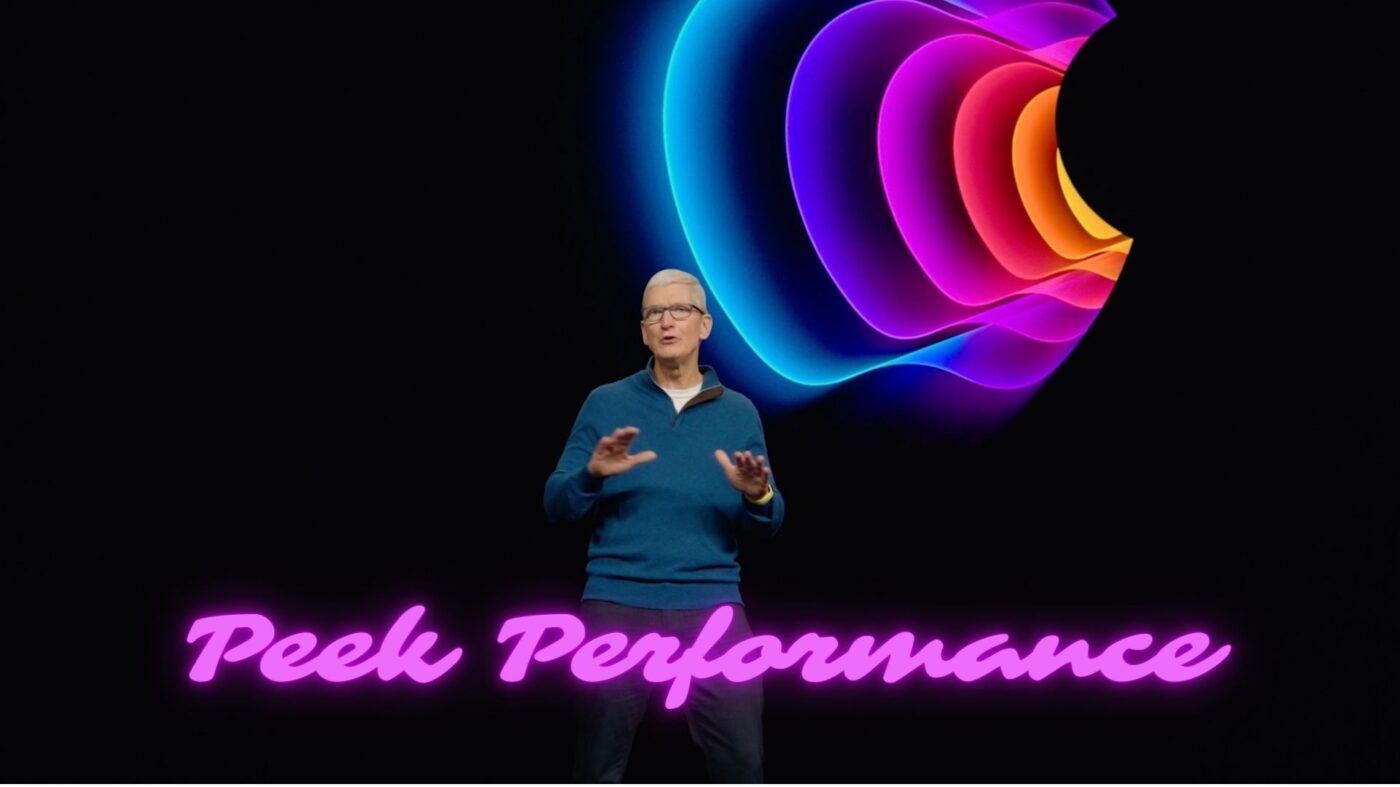


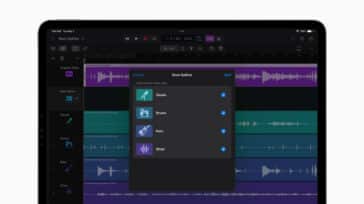



Mac Studio is NOT smaller than Mac Mini; it’s taller, with same 7.7 x 7.7 inch footprint of Mac Mini since 2010. There is NO Display Port on the Mac Studio; however, Apple has long made the protocol available on its computers through Thunderbolt. Also there is NO Mac Studio that uses M1Pro.
Okay okay, Aplle has a Marketing Dominance, that would be a true statement…
But Techworld Dominance, is like calling a Mouse an Fierce Elefant…
Where are the server architecture chips, where are the Raytracing GPU’s, where are the Volume Sales…
I’ve always had a softspot for Apple, foremost for their daring desing like the hommage of the Dancing Desklight in the I-Mac (which we now would call an AIO) but the hardware was more often than not a bit hodgepodge, and the Design of the Aniversary model of 20 years ago was really swelte, but well do’n put a CD in it and do’n’t use it more tha 2,5 hours on ‘end’ ending in Hitzecollaps.
It’s a real pitty they went for the Big Bucks and sacked Jobs because the shareholders did not understand, Tech should alway’s strive to the Inmossible and Beyond, like Jobs very aptly demonstrated with the NExT.
Now they shop for Intel Brains and Opensource Risc-V, like they took Opensource (Thus FREE Intelectual property of the human race) and locked the work of million of peoples Linux tooling for a better world in a Expensive Closed source shell around Open BSD.
They evr so often promise a real Server based architecture to make thin clients possible, but every time they fater at the finish and give up, and go on selling overpriced Foxxcon produced bulkware, selling it as First ever design, but lets be fair, the first practical commercial available Risc Chip is ehm… 30 Years old now :-)
And again Apple tries to take the Laurels of Intel engeneers they enlisted and tossed away like People are Commodities :-(
If they would revert to the real tech savvy times of Jobs and Wozniak, and ditched their stakeholders money making is Prime Commitment, like they now again demonstrate with ditching ARM for Risc-V, and would take the User and his precarious financial circumstances serious again, they could grow Great Again, but compared with 2nd in Command AMD, Apple is just, well a Mouse who Roared :-)
For the interested in the spectecular results of the M1, a look Back at the Future, the then really spectacular DR/DEC 21064, which gave Interleaf Rocket propulsion, combined with Quark or Aldus Pagemaker on a Macintosh >;-)
The DEC 21064 chip measured 1.39 x 1.68 cm. It was manufactured by DEC using CMOS technology with 0.75 micron photo lithography, had three metal layers, and contained 1.68 million transistors.
At it’s introduction in 1992, the DEC Alpha 21064 was the fastest microprocessor available, running at an impressive 150 MHz.
Sounds really laufable these times, but the PC world still toiled with 32 bits, and just integrated the FPU into the CPU with the 486…
Which was instignated by AMD, something one still can see in teh AMD-64 instruction set in every Intel based Windows 64 implementation…
Oh, and the M1 (“nice” blunder naming a Apple chip after an Abrams battle tank, in times of 2nd Cold War aspirations of ROC versus USA) name was first used for the Cyrix 4/586, so M1 is a rerun, of a Apple cones itself powermacintosh 4400, which with an optional Cyrix CPU could run…. Windows….
:-)
But i still have a weak spot for Apple, the offbeat in the industry, which doesn’t grasp it should better stay the Offbeat, instead of monetizing one hit wonders.
They made that mistake a couple of times…
https://512pixels.net/2016/07/what-makes-a-mac-a-mac/
And missed out dearly on the possible Gamechanging NeXT with the NeXTstep enviroment where lots of (pre-) school children could have learned the real nice architectural thinking of clean and context based programming, instead of dumbnumbing puzzleblock coding without any clue of underlying machinecode…
Granddad signing off again, sorry :-)
Still happy with the 10Gb TBT3 Dock, though it still let my new Dell 9510 topple now and again, when the Dock does not wake up without enough alka seltzer… :-)
Would be nice to see a new TBT4 dock, with 20 GbE port and real DP passthrough, which does not work on the 9510 with its RTX3050.
Perhaps a new Firmware to de-couple the USB Fresco Logic driver?
Becaus if the Mouse does not wake up, the crash after the next hibernate seams to be hardcoded in it…
This makes it sound like there’s a separate DisplayPort output. There isn’t. The Thunderbolt 4 ports support DisplayPort. You had me excited for a second thinking I might not have to use a Thunderbolt port to drive my DisplayPort monitor.
After announcing the new Mac Studio and Display, it seems that there will be no new 27″ iMac, suggesting that this is the replacement for it, although at a higher price point. As John Ternus said at the end of his presentation (55.40) – “making our transition to Apple Silicon nearly complete, with just one more product to go – Mac Pro”…
Steve, Apple’s store indicates that the lower models of the Mac Studio CPU are M1 Max chips, not the M1 Pro you refer to.
There may some confusion M1 Pro should read M1 Max in the description of the new M1 Ultra and the Studio
Great article!
But regarding “Mac Studio is even smaller than a Mac mini, measuring at 7.7 inches square and just 3.7 inches tall.”
The Mac mini is 7.7 inches square and 1.4 inches tall. So, the Mac Studio has the same footprint as the Mac mini and it is about twice as tall.
Maybe this sentence was meant to be “Mac Studio is smaller than a Mac Pro”?
A lot of people complain about this bug, but Apple is unable to fix it. If you do not use Two Factor Authentication you are FORCED to share Focus/Do Not Disturb across all of your devices. Even though your iPhone tells you that synchronizing Do Not Disturb REQUIRES Two Factor Authentication, it’s the exact opposite. If you don’t use Two Factor Authentication you have NO choice but to synchronize. Crazy.